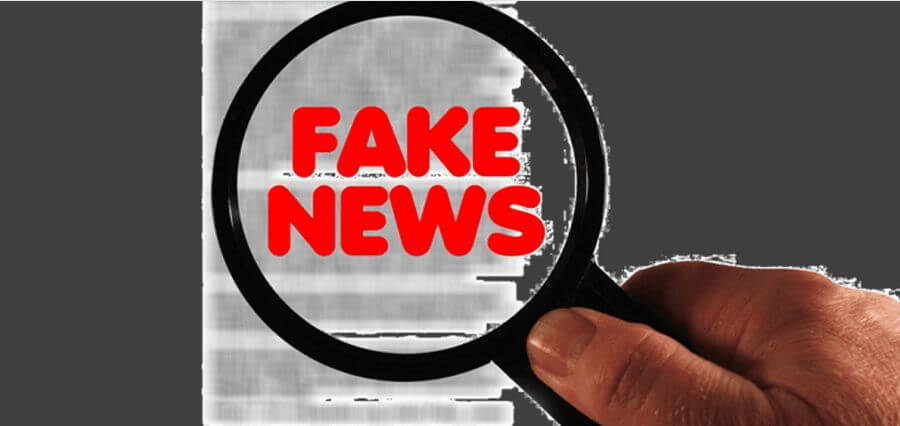Fake news is a term that has been increasingly used in the last several years to describe a wide range of false, deceptive, or intentionally misleading information. It is a form of news that spreads quickly on the internet and other media platforms and can have a significant impact on public opinion, political discourse, and even public policy. Fake news has become an increasing problem in recent times, and it is important to recognize the importance of detecting and preventing it. You can also visit this site to check the authenticity of the news. This can help you to prevent from spreading false information.
This article examines the importance of fake news detection and prevention and explains how it can be achieved.
Definitions and Types of Fake News
Fake news is defined as false or fabricated information that is presented as factual and is often created and spread with the intention of causing harm or confusion. It can include misinformation, disinformation, hoaxes, and other forms of propaganda or false information. Fake news can be spread through a variety of sources, including social media, websites, blogs, and traditional media outlets. It can also be spread through fake news bots, which are automated programs designed to create and spread false information.

Impact of Fake News
The impact of fake news can be significant. It can mislead people, spread false information, create confusion, and influence public opinion. Fake news can also lead to political polarization, as people become more entrenched in their views and less likely to consider alternative perspectives. It can also have an impact on public policy, as fake news can be used to manipulate public opinion and influence decisions made by governments and other organizations.
Fake News Detection and Prevention
Given the potential impact of fake news, it is important to detect and prevent it. Fake news detection can be achieved through a variety of methods, including fact-checking, algorithmic analysis, and human verification. Fact-checking involves analyzing information to determine if it is accurate, while algorithmic analysis uses artificial intelligence to detect fake news. Human verification involves having experts review information to determine if it is true or false.

In addition to detection, there are a number of ways to prevent the spread of fake news. This can include creating guidelines for content creators, monitoring content for accuracy, and educating the public about the dangers of fake news. Social media platforms can also take steps to limit the spread of false information, such as removing or flagging false content and suspending accounts that are found to be spreading fake news.
Conclusion
Fake news has become an increasing problem, and it is important to recognize the importance of detecting and preventing it. Fake news detection can be achieved through a variety of methods, including fact-checking, algorithmic analysis, and human verification. In addition to detection, there are a number of ways to prevent the spread of fake news, such as creating guidelines for content creators, monitoring content for accuracy, and educating the public about the dangers of fake news. Together, these strategies can help to reduce the impact of fake news and ensure that people are better able to discern fact from fiction.









